A Registered Dietitian’s Honest Kiala Greens Review
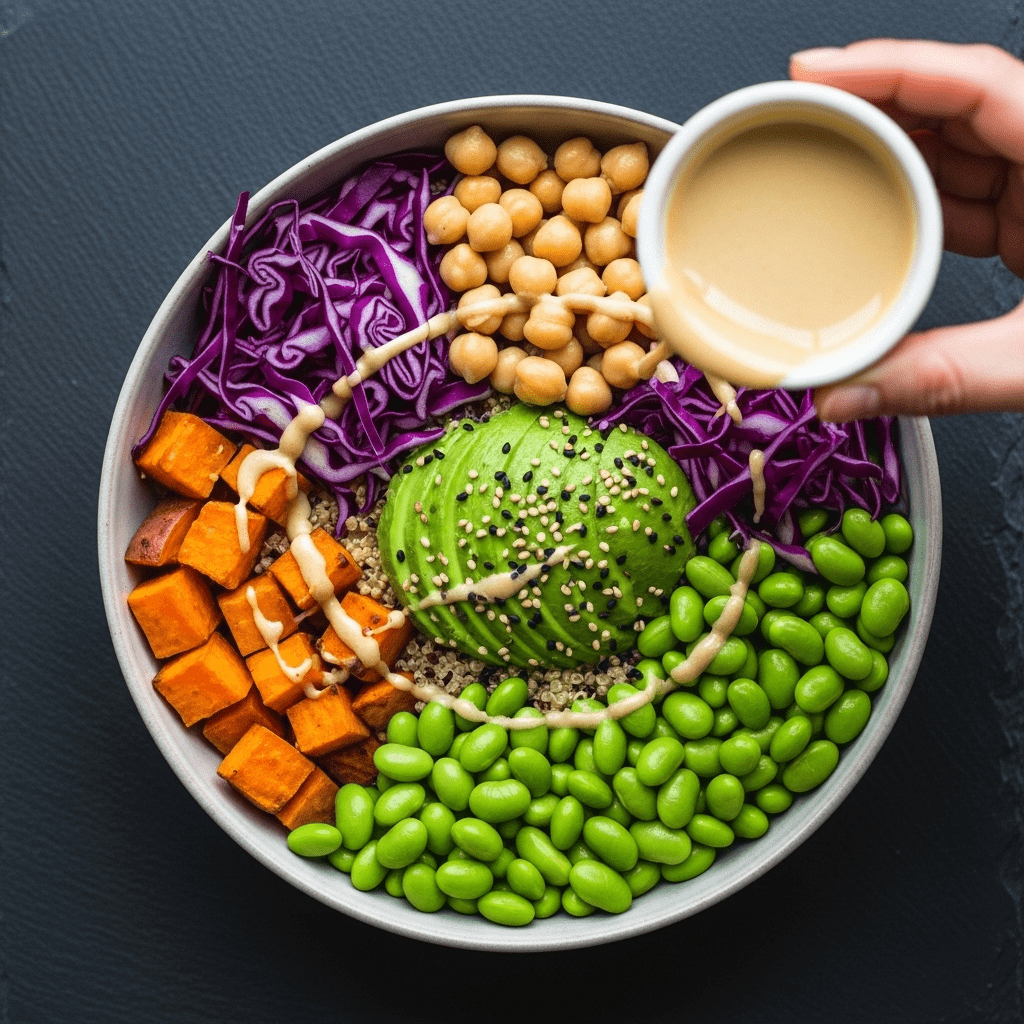
If your TikTok or Instagram feed is anything like mine, you’ve probably been flooded with videos of people mixing a bright green powder into their water, promising everything from less bloating to perfect skin. That powder is Kiala Super Greens, and it’s taking social media by storm.
But what’s the real story? Hi, I’m Jamie, a Registered Dietitian, and my job is to look past the clever marketing and flashy claims to see what the science actually says.
You’re wondering if Kiala Greens is worth the money and if it can truly deliver on its promises. In this review, I’ll break down the ingredients, evaluate the health claims with real evidence, and give you my honest, professional opinion so you can make a decision that’s right for your body and your wallet.
- What Is Kiala Greens Supposed to Do, Anyway?
- A Dietitian’s Look at the Kiala Greens Ingredients
- Will Kiala Greens Actually Help Your Bloating?
- Can It Really Boost Your Energy and Immune System?
- The Truth About Getting Clearer Skin from a Green Drink
- How Does It Taste and What’s the Deal with Sucralose?
- Are There Any Real Upsides to Kiala Greens?
- Breaking Down the Cost: Is It Worth Your Money?
- What a Dietitian Recommends Eating Instead
- Conclusion
What Is Kiala Greens Supposed to Do, Anyway?
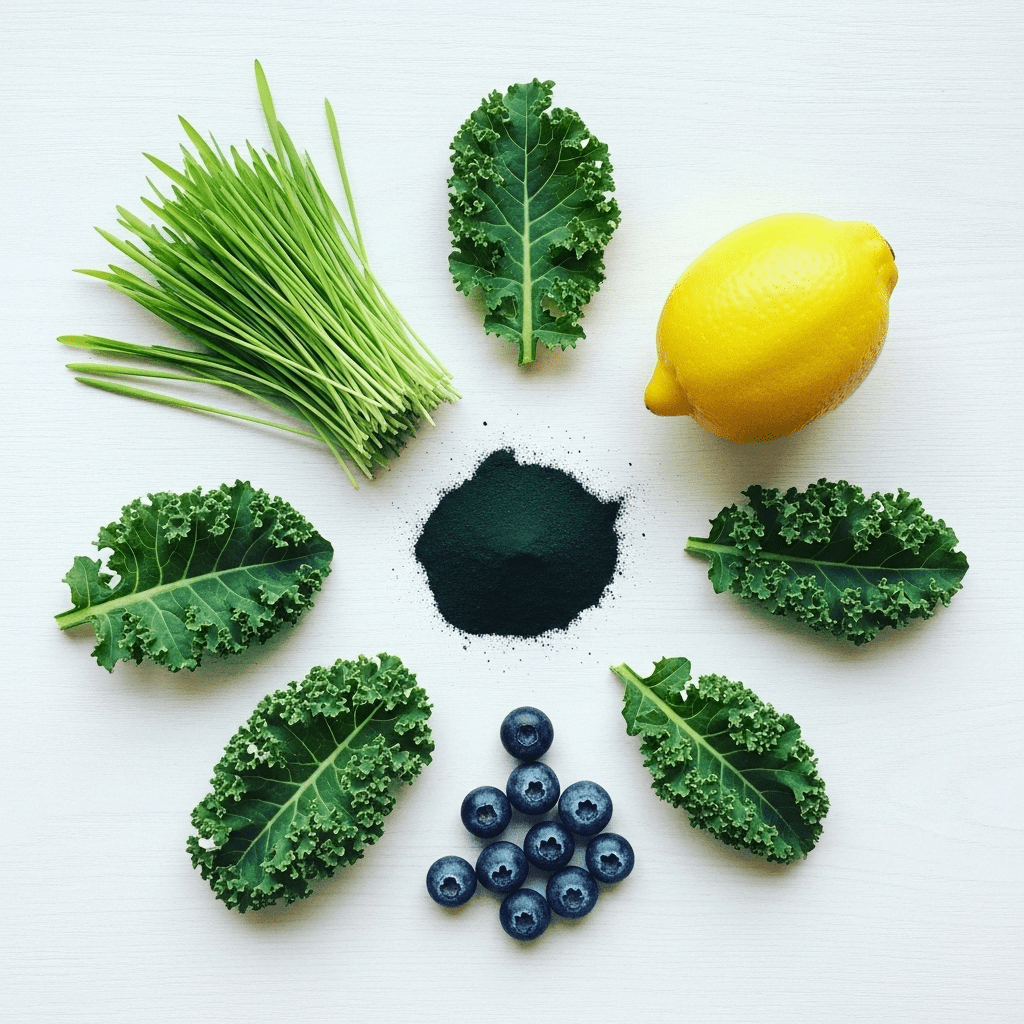
Kiala Greens markets itself as a solution for a host of common wellness goals. According to the company and the influencers who promote it, taking a daily scoop can lead to:
- Reduced Bloating: This is perhaps the most heavily promoted benefit, suggesting the greens can improve digestion and lead to a flatter stomach.
- Boosted Energy: The blend is claimed to provide a natural energy lift, helping you get through the day without crashes.
- Better Nutrition: It’s positioned as a nutritional “safety net” to help you get your daily dose of essential vitamins, minerals, and antioxidants.
- Clearer Skin: By providing antioxidants and nutrients, the powder is said to contribute to a healthier, more radiant complexion.
- Immune Support: The various greens and fruit extracts are purported to strengthen your immune system.
These are impressive claims that tap into what many of us are looking for. But as a dietitian, my first step is to ignore the marketing and look straight at the label.
A Dietitian’s Look at the Kiala Greens Ingredients
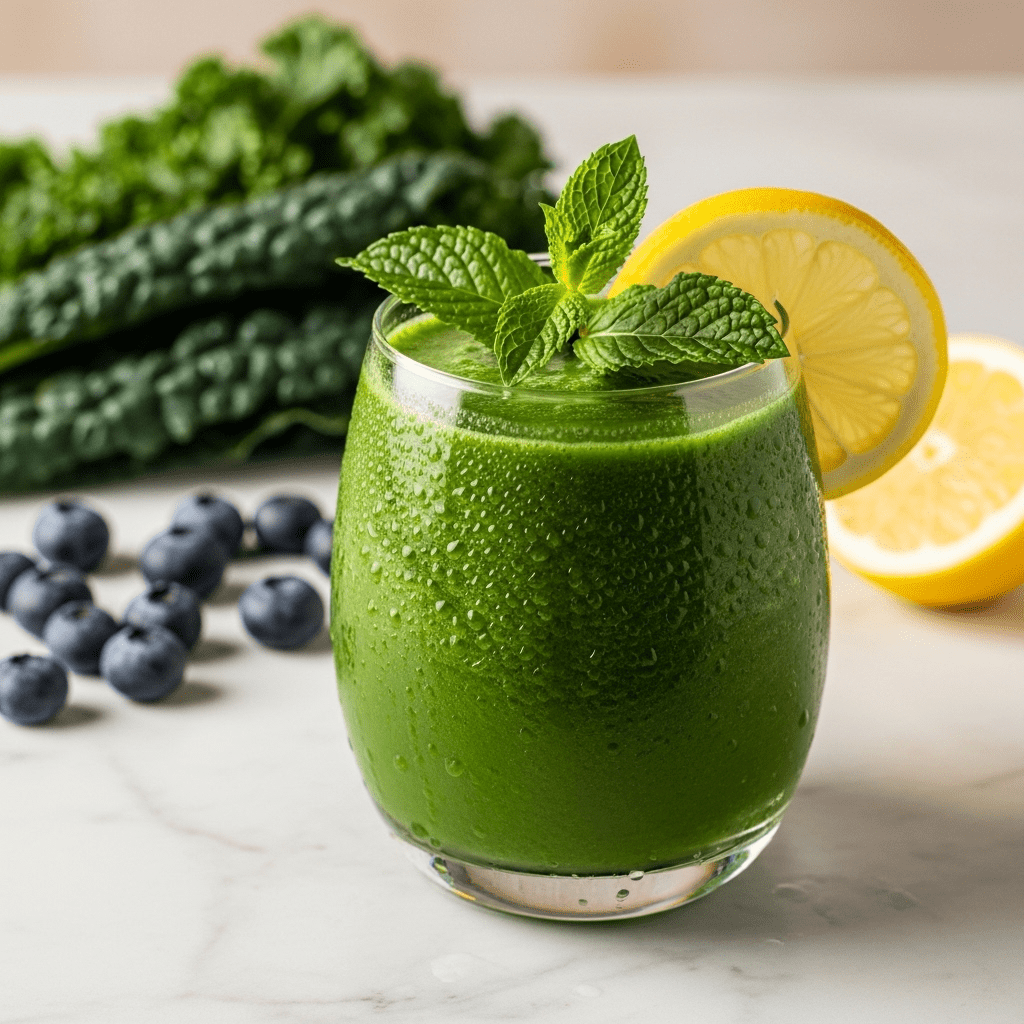
However, this is where we run into our first major red flag in the supplement world: the proprietary blend. This means we know what is in the powder, but we don’t know how much of each ingredient.
The ingredients are listed by weight, so we know there’s more alfalfa than spirulina, but the specific amounts are a trade secret. This makes it impossible for a nutrition professional to assess if there’s enough of any single ingredient to have a therapeutic effect.
Here’s a look at what’s inside:
- Organic Greens Blend: This includes common greens powder ingredients like alfalfa grass, wheatgrass, barley grass, kale, and spirulina. These are nutrient-dense, but the benefits depend entirely on the dosage, which is unknown.
- Spectra™ Antioxidant Blend: This is a branded mix of fruit and vegetable extracts, from broccoli and green tea extract to turmeric and blueberry. Antioxidants are fantastic, but you’re likely getting just a dusting of each.
- Other Ingredients: The powder is sweetened with sucralose (an artificial sweetener) and contains natural flavors, citric acid, and malic acid. It’s important to note it also contains tree nuts (coconut), which is a key allergen warning.
Will Kiala Greens Actually Help Your Bloating?
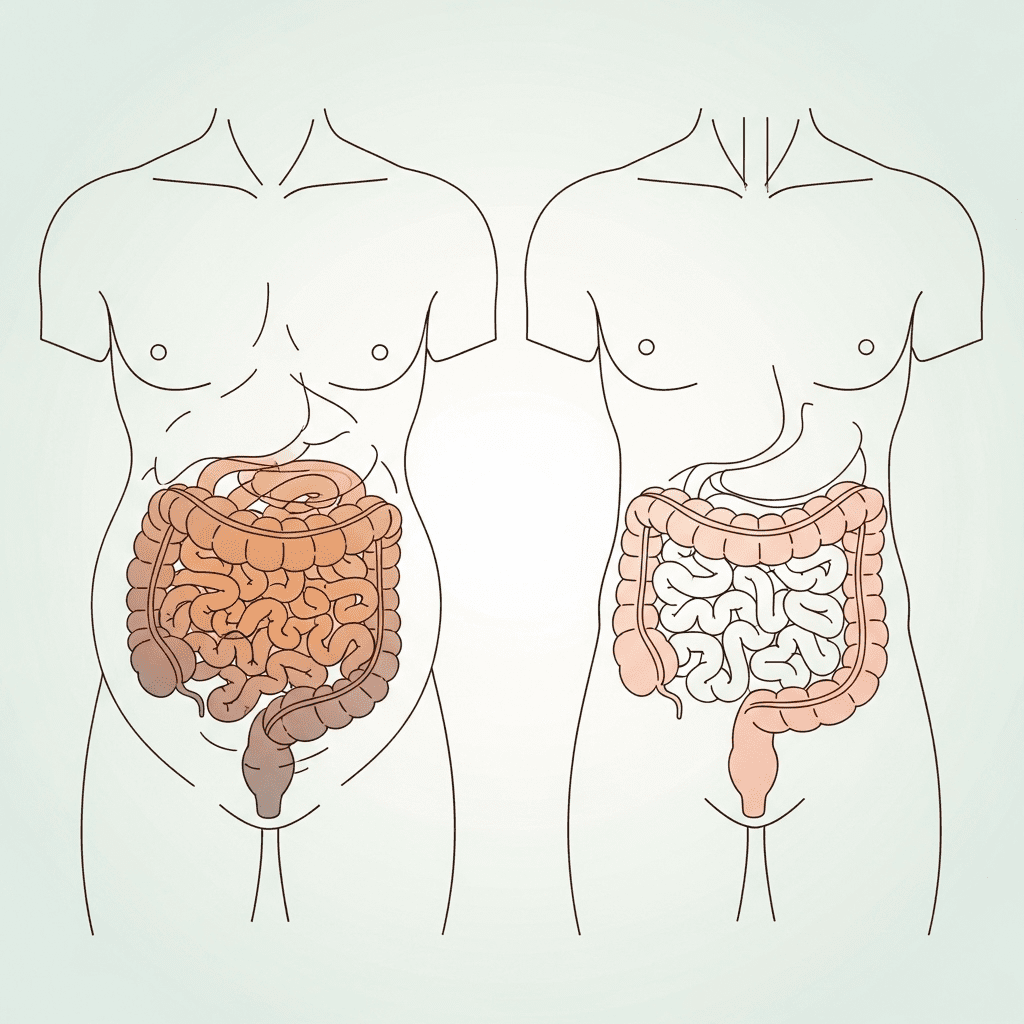
This is the claim that draws most people in. The idea of a simple drink solving uncomfortable bloating is very appealing.
However, the reality is more complex. While some ingredients in greens powders can support gut health, they can also be a major cause of bloating for many individuals.
Ingredients like kale, broccoli, and certain grasses are high in FODMAPs and other compounds that can be difficult for some people to digest, especially when consumed in a concentrated form. As experts at Johns Hopkins Medicine explain, bloating can be caused by gas produced by gut bacteria fermenting carbohydrates that you don’t digest.
A sudden introduction of various powdered greens and fibers can send this process into overdrive for some. So, will Kiala Greens help your bloating?
It’s a gamble. It might help, it might do nothing, or it might make it worse.
A more reliable strategy is to slowly increase your fiber intake from whole foods and identify your specific trigger foods.
Can It Really Boost Your Energy and Immune System?

The energy and immunity claims are based on the vitamins and antioxidants in the blend. And it’s true that nutrients like Vitamin C (from acerola cherry) and B vitamins (from leafy greens) are essential for a functioning immune system and energy metabolism.
The Harvard T.H. Chan School of Public Health notes that a diet rich in a variety of micronutrients is key for optimal immune function.
However, the core issue remains the dosage. You are likely getting a very small, non-specific amount of these nutrients.
The “energy boost” might be slightly supported by a tiny amount of naturally occurring caffeine from green tea extract, but it’s not enough to be a reliable pick-me-up. For sustained energy and a robust immune system, nothing beats a balanced diet with consistent intake of nutrient-dense foods, adequate sleep, and regular exercise.
A splash of greens powder can’t compensate for a deficiency in these fundamental areas.
The Truth About Getting Clearer Skin from a Green Drink
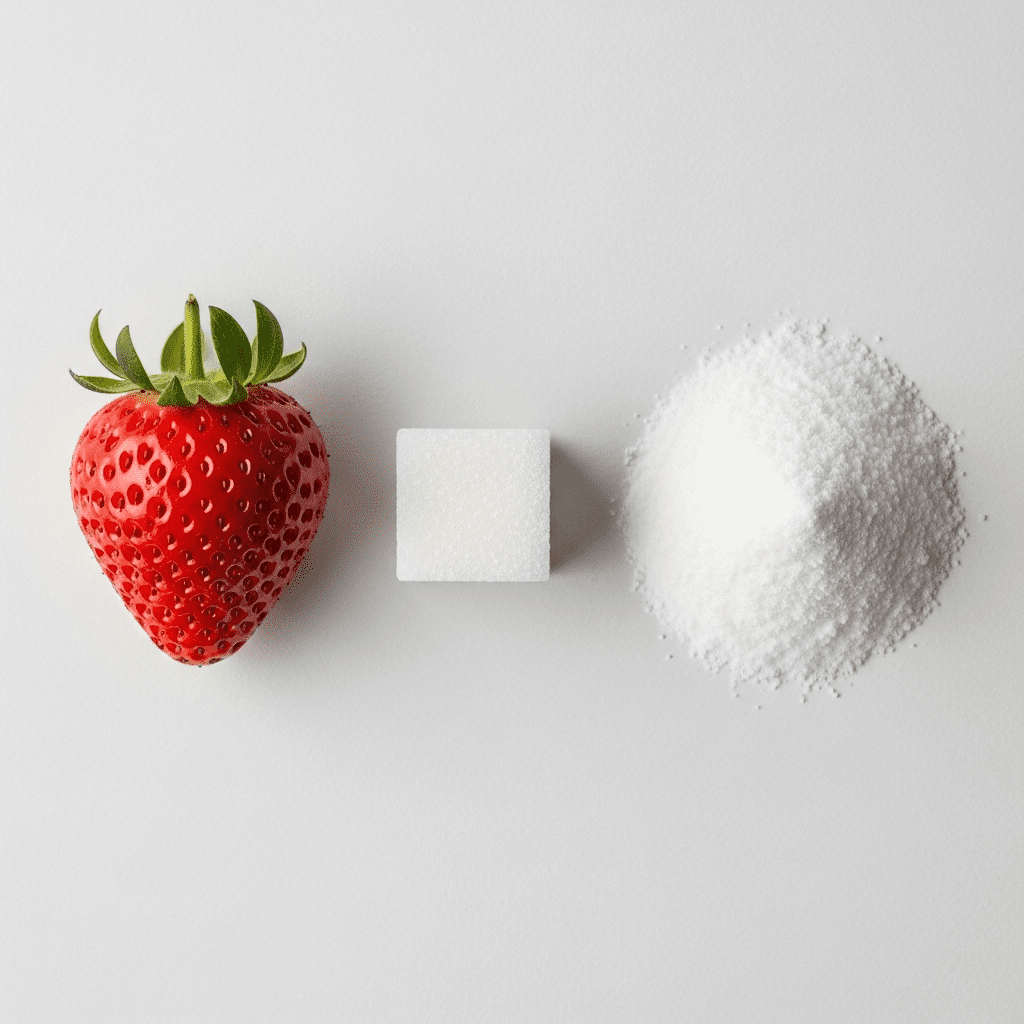
The connection between diet and skin health is well-established. The American Academy of Dermatology acknowledges that diets high in antioxidants and low in processed foods can promote healthier skin.
The antioxidants in Kiala’s blend, like those from berries, spinach, and turmeric, are known to fight oxidative stress, which can contribute to aging. But you don’t need an expensive powder to get these benefits.
Drinking water, eating a colorful variety of fruits and vegetables (think bell peppers, sweet potatoes, and berries), and consuming healthy fats are proven ways to support skin health from the inside out. While Kiala Greens won’t hurt your skin, it’s an indirect and likely inefficient route to getting the nutrients your skin truly needs.
The benefits come from the types of ingredients, but you’d be better off eating them whole.
How Does It Taste and What’s the Deal with Sucralose?

One of Kiala’s main selling points is that it’s the “best tasting” greens powder, which it achieves through natural flavors and sucralose. Sucralose, often sold as Splenda, is a zero-calorie artificial sweetener that is much sweeter than sugar.
Its use is a double-edged sword. On one hand, it makes the earthy, grassy flavor of greens palatable for more people.
On the other, many consumers actively avoid artificial sweeteners due to concerns about their impact on the gut microbiome and personal taste preferences. According to the FDA, sucralose is considered safe for consumption.
However, your decision to consume it is a personal one. If you’re sensitive to the aftertaste of artificial sweeteners or prefer to avoid them, this product isn’t for you.
If you prioritize taste over all else and don’t mind them, you may enjoy Kiala’s fruitier flavors.
Are There Any Real Upsides to Kiala Greens?

While I’ve been critical, it’s important to be balanced. Kiala Greens does have some positive attributes that are worth acknowledging.
- Convenience: For someone with a very hectic schedule, a picky eater who avoids vegetables, or a frequent traveler, a greens powder can be an easy way to get some nutrients in when the alternative is nothing at all.
- Third-Party Testing: According to its website, Kiala Greens is third-party tested. This is a crucial point. The supplement industry is largely unregulated by the FDA, so third-party testing provides assurance that the product is free from harmful contaminants and that the label is accurate. I never recommend a supplement that isn’t third-party tested, so this is a big check in Kiala’s favor.
- A Potential Gateway: For some, starting a greens powder habit can be the first step that inspires them to adopt other healthy routines. If it gets you thinking more about your nutrition, that’s a positive outcome.
Breaking Down the Cost: Is It Worth Your Money?

A 30-serving tub of Kiala Super Greens typically costs about $49.95, which breaks down to roughly $1.67 per scoop. If you drink it daily, you’re looking at an investment of over $50 per month.
Now, let’s compare that to whole foods. For $50, you could buy:
- Several large bags of spinach or kale ($5-$7 each)
- A few pounds of apples or bananas ($5-$8)
- Multiple bags of frozen berries and other fruits for smoothies ($10-$15)
- A large bag of carrots and several bell peppers ($8-$10)
The nutritional return on investment from these whole foods—which includes vital fiber, water, and a full spectrum of nutrients—is vastly higher.
While the convenience of the powder is what you’re paying for, it’s important to ask if that convenience is worth the significant monthly cost and the nutritional trade-off.
What a Dietitian Recommends Eating Instead

If you want the results Kiala Greens promises, the best way to get them is directly from the source. Instead of relying on a processed powder, focus on incorporating these whole foods into your diet for real, noticeable benefits:
- For Less Bloating: Focus on soluble fiber from sources like oats, avocados, and psyllium husk. Drink plenty of water and incorporate probiotic-rich foods like plain yogurt or kefir.
- For More Energy: Prioritize complex carbohydrates like quinoa and sweet potatoes, lean proteins like chicken and lentils, and healthy fats from nuts and seeds. Ensure you are well-hydrated, as even mild dehydration can cause fatigue.
- For a Stronger Immune System: Eat the rainbow. Vitamin C from citrus fruits, bell peppers, and strawberries; Vitamin A from carrots and sweet potatoes; and Zinc from beans and seeds are all powerful immune supporters.
- For Clearer Skin: Hydration is key. Beyond that, focus on antioxidant-rich foods like dark leafy greens and berries, and healthy fats from sources like salmon and walnuts.
Conclusion
So, what’s the final verdict on Kiala Greens? While it offers a convenient way to get a small bump in nutrients and has the assurance of third-party testing, it’s not the magic bullet for health that social media might suggest.
As a dietitian, I stand firmly by the principle that supplements can’t replace the profound benefits of a diet rich in whole foods. The fiber, water content, and complex nutritional matrix of real fruits and vegetables are something a powder simply can’t replicate.
If Kiala Greens fits your budget and lifestyle and helps you feel better, that’s a personal choice. However, for long-term, sustainable health, energy, and gut wellness, your best investment will always be in your grocery cart, not in a supplement tub.
Focus on adding one more vegetable to your dinner or a piece of fruit to your breakfast—these small steps are the true secret to lasting health.
